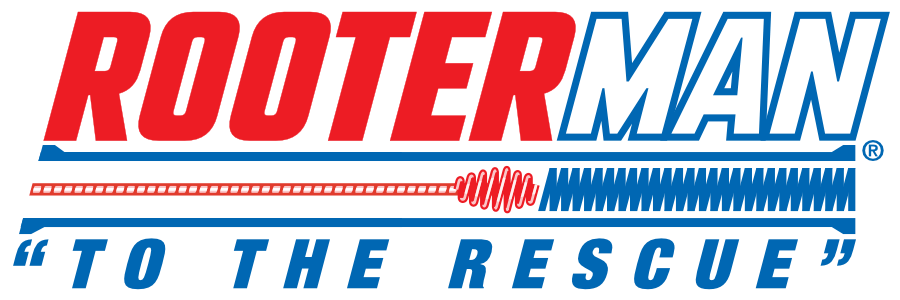How to Get Started on Wallpaper Removal
Are you ready to give your home a fresh new look? Perhaps you’ve decided it’s finally time to update the wallpaper that has adorned your walls for years, or maybe you’ve purchased a new property and want to make it truly your own. No matter the reason, the process of removing wallpaper can be daunting, especially for those new to the task. However, with the right knowledge and a little bit of elbow grease, you can effectively remove wallpaper from your walls and prepare them for a fresh coat of paint or new wallpaper.
Before you begin this project, it’s important to gather the necessary supplies and familiarize yourself with the step-by-step process. Whether you’re a homeowner in Greenville, South Carolina, or anywhere else in the country, the principles of wallpaper removal remain the same. In this comprehensive guide, we’ll walk you through the essential steps and best practices for tackling wallpaper removal, so you can achieve the results you desire for your home.
Gathering Your Supplies and Preparing the Workspace
Before you dive into the task of removing wallpaper, it’s crucial to gather the necessary supplies and prepare your workspace. Here’s a list of essential items you’ll need to have on hand:
1. Wallpaper removal solution or mixture of water and vinegar
2. Wallpaper removal tool (scorer, scraper, and/or steamer)
3. Drop cloths or plastic sheeting
4. Painter’s tape
5. Bucket or spray bottle
6. Safety goggles and gloves
7. Ladder or step stool (if necessary)
8. Optional: Wallpaper removal gel or enzyme-based remover (for stubborn adhesives)
Once you have your supplies ready, it’s time to prepare your workspace. Clear the room of any furniture, decorations, and other items that could obstruct your work area. Lay down drop cloths or plastic sheeting to protect your flooring from water and debris. Use painter’s tape to secure the coverings in place and prevent any potential slips or spills.
Assessing the Wallpaper and Wall Surface
Before starting the removal process, take a close look at the wallpaper and the wall surface underneath. Determine the type of wallpaper you’re dealing with. Vinyl, fabric, and paper wallpapers each have unique removal requirements, so it’s essential to know what you’re working with before proceeding. Additionally, assess the condition of the walls. Are there any areas with existing damage, such as cracks or holes, that may need repair before you begin the removal process?
Testing a Small Area
To avoid any surprises, it’s a good idea to test a small area of the wallpaper to see how it reacts to the removal process. Choose an inconspicuous spot, such as behind a piece of furniture or in a corner, and use your chosen wallpaper removal solution or a mixture of water and vinegar to moisten the wallpaper. After allowing it to soak for a few minutes, attempt to peel back a corner or edge of the wallpaper. This test will help you gauge the level of effort and time required for the full removal process.
Scoring the Wallpaper
In many cases, wallpaper removal begins with scoring the wallpaper. A wallpaper scoring tool has small, sharp teeth that puncture the wallpaper surface, allowing your removal solution to penetrate and soften the adhesive underneath. When using the scoring tool, apply gentle pressure and make overlapping horizontal and vertical lines across the wallpaper. Be careful not to press too hard, as you don’t want to damage the wall underneath.
Applying the Removal Solution
Once you’ve scored the wallpaper, it’s time to apply your chosen removal solution. If you’re using a store-bought wallpaper removal solution, follow the manufacturer’s instructions for application. Alternatively, you can create a DIY removal solution by mixing equal parts of warm water and vinegar. Use a spray bottle or sponge to apply the solution to the wallpaper, ensuring it’s adequately saturated. Allow the solution to soak into the wallpaper for the recommended amount of time, typically around 15-20 minutes.
Removing the Wallpaper
After the removal solution has had time to work its magic, you can begin the process of removing the wallpaper. Depending on the type of wallpaper and the effectiveness of the removal solution, you may be able to peel the wallpaper away using a scraper or your fingers. For stubborn or older wallpapers, a wallpaper steamer can be highly effective in loosening the adhesive and facilitating removal. The steamer heats the wallpaper, allowing the moisture to penetrate and soften the adhesive, making it easier to scrape away.
As you work on removing the wallpaper, take care to avoid damaging the wall underneath. Use a gentle, steady hand to avoid gouging the wall surface, and be patient as you work through the removal process. It’s common for the adhesive to leave residue on the wall, which can be addressed during the cleaning phase.
Cleaning and Preparing the Walls
Once the wallpaper has been successfully removed, it’s time to clean the walls and prepare them for the next step, whether it’s painting, applying new wallpaper, or making repairs. Use warm, soapy water and a sponge to wash away any remaining adhesive residue. For particularly stubborn adhesive, a non-abrasive cleanser or wallpaper removal gel can be effective in removing the last traces of residue. After cleaning, rinse the walls with clean water and allow them to dry completely before proceeding with any further work.
Repairing and Priming the Walls
After the walls are clean and dry, take the opportunity to inspect them for any damage that may need to be addressed before proceeding. Fill in any holes or cracks with spackling compound and sand them smooth once dry. If the walls have any imperfections or uneven surfaces, consider applying a coat of primer to ensure a smooth, uniform base for painting or applying new wallpaper. The primer will also help the new material adhere properly to the walls.
Conclusion
Removing wallpaper can be a time-consuming but ultimately rewarding endeavor. By following the proper steps and taking care to prepare your workspace and walls, you can achieve professional-looking results and transform the appearance of your home. With the right tools, patience, and attention to detail, wallpaper removal can become a manageable and even satisfying project for homeowners looking to refresh their living spaces.
Now that you’re equipped with the knowledge and guidance to get started on wallpaper removal, you can confidently tackle this task and bring new life to your home’s interior. Whether you’re in Greenville, South Carolina, or anywhere else in the United States, the process of wallpaper removal remains consistent, making this guide a valuable resource for homeowners nationwide.







